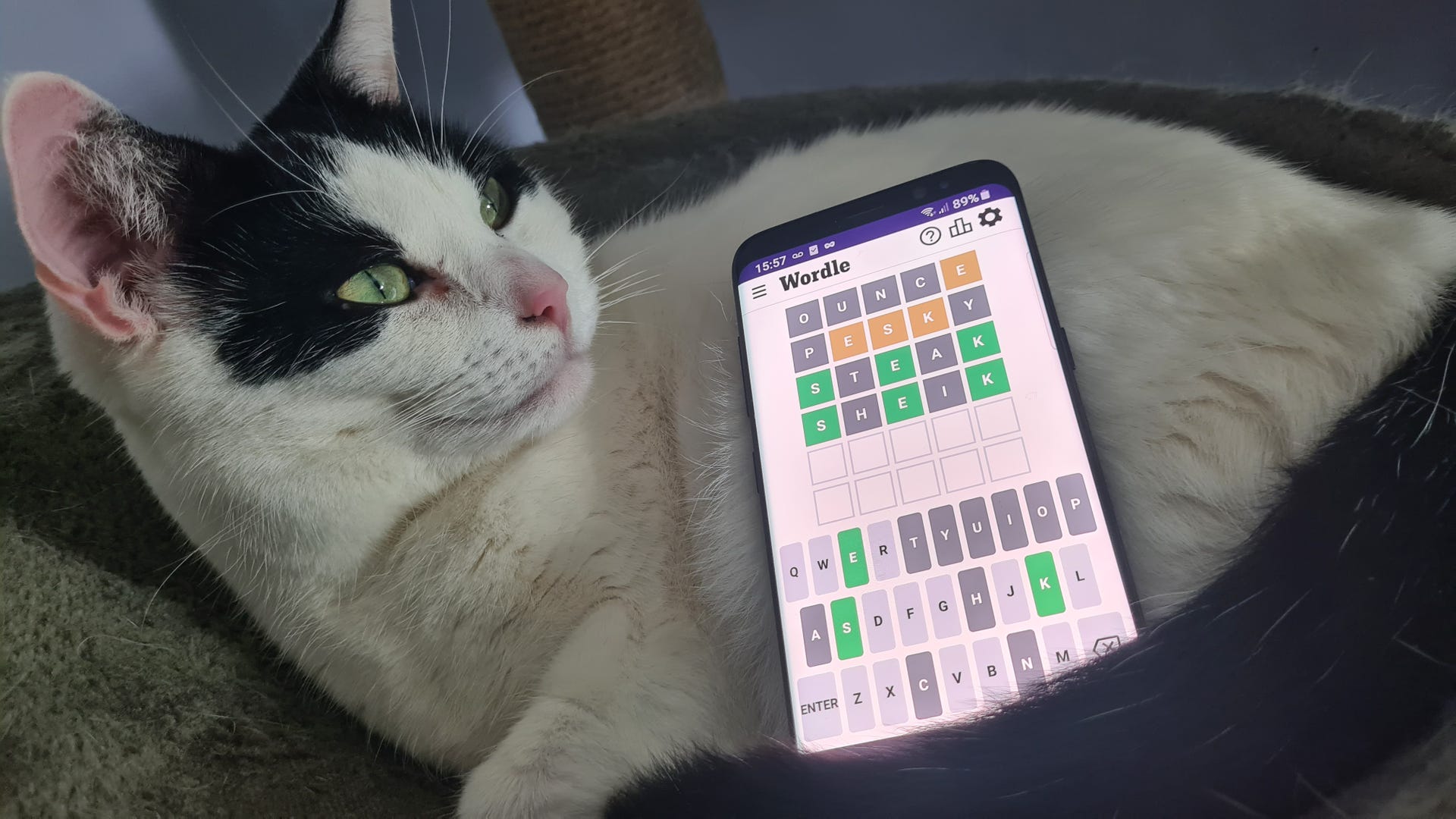
Piece by Piece Review
Piece by Piece opens in theaters Friday, October 11. This review is based on a screening at the Toronto International Film Festival.
The phrase “LEGO Pharrell Williams documentary” seems like a strange slurry of words blurted out mid-delirium, but in the hands of Won’t You Be My Neighbor? director Morgan Neville, the concept proves wonderfully imaginative. Following the life of the music producer and fashion designer, Piece by Piece takes a paper-thin, overly flattering biography – as related by an often cryptic Pharrell – and turns it inside out. The result is an eye-popping union of subject and form.
It’s seldom a good idea to have someone produce a movie about themselves, so a complete story Piece by Piece is not. However, it’s a wonderful distillation of Pharrell’s creative ethos, perhaps even in more ways than the “Happy” singer might realize. Early into its runtime, when a Pharrell minifigure sits down with a similar avatar of Neville – every interview subject retains their real voice, but appears in LEGO form – he floats the film’s bizarre idea with surprising clarity. In his mind, music (like all art) is cobbled together from existing pieces, making the LEGO medium a perfect fit. And so, events from his childhood, his early struggles to break out as part of production duo The Neptunes, and his eventual solo success, all become delightfully animated vignettes.
At times, these are hilarious to watch – who wouldn’t love seeing a LEGO re-creation of the raunchy music video for one of Pharrell’s first songwriting hits, “Rump Shaker” by Wreckx-N-Effect? – though the film maintains a sense of sincerity throughout, especially during its dreamlike scenes of minifigs traveling the cosmos, in keeping with the Neptunes’ bouncy, futuristic sound. Bit by bit, what seemed like a silly idea starts to feel like the only way this story could have been told, from Pharell’s childhood recollections of being drawn to bodies of water (hence he and producing partner Chad Hugo naming themselves after the Roman god of the sea), to his explanations of his synesthesia, a perceptual phenomenon that causes people to experience sound in the form of colors. Whether it’s the movement of ocean tides or music manifesting as light, Neville finds incredibly novel ways to use what are, at this point, visual hallmarks made familiar by multiple animated blockbusters.
Part of the reason that explaining the premise of Piece by Piece feels absurd is because a “LEGO movie” is an existing cultural concept, one that’s been around since at least the 1970s (though it wouldn’t be until the early 2000s that “brickfilm” would really catch on with amateur filmmakers) and arguably peaked with The LEGO Movie a full decade ago. There have been official LEGO movies since (Piece by Piece is the fifth), but their form has always been tied to the tangible; the joy of these animated adventures is breathing life and movement into physical toys. However, as if in conversation with the 2014 LEGO Movie – a film in which characters learn to think outside the box – Neville steps beyond the constraints of the form, and while he still follows the rules of moving plastic, he creates a movie distinctly about the ethereal, and the metaphysical.
As Piece by Piece tells Pharell’s story, blue plastic pieces ripple and bend, not just to mimic the tides, but to embody their hypnotic effect. Meanwhile, the singer’s most valuable ideas take the form of strange polygons cobbled together from oddly shaped LEGO pieces any collector would have to get custom made. Light is, at once, an energy that streams through translucent plastic in moments of divine inspiration (if you’ve ever wanted to lay eyes on a stained glass church window in LEGO form, you’re in luck), as well as bits of colorful debris emanating from within Pharrell’s instruments and his very being. Making music – the very act of creation – involves turning nothing into something, which is precisely what Neville depicts.
His “camera” retains a physical presence too. Where previous LEGO movies captured group shots and childlike dioramas, Piece by Piece is crafted the way a live-action documentary would be, following the toy versions of its subjects at close proximity in both sit-down interviews as well as guerilla handheld moments (sometimes with the texture of vintage videotape), making them feel larger than life. This is especially true when the movie delves into unexpected political territory in its final act – a risky move that pays dividends. However, the inherent absurdity of seeing hip-hop stars like Snoop Dogg, Jay-Z and Busta Rhymes as minifigs during their interviews – made funnier by the fact they weren’t told of this process in advance – helps the movie retain its tongue-in-cheek quality.
This wry approach is enhanced by literal depictions of idioms and other figures of speech – something not easily done in live action – as if Neville were reaching into animation history, and taking cues from Tex Avery’s 1951 short “Symphony in Slang.” When the movie tells of Pharell’s foray into pop music alongside Gwen Stefani, the bridging of cultural gaps through music takes the highly literal form of a chasm between segregated neighborhoods closing up.
LEGO is also, for better or worse, the arguably correct medium for a story that rushes through (if not entirely past) thorny territory. Certain events are simply glossed over; Pharell and his bandmates break up, though the film never touches on why, and even the aforementioned political bent entirely avoids a real-life tragedy in the singer’s life that would have perfectly informed this theme. Then again, Piece by Piece isn’t just about the artist who helped Stefani find stardom outside of No Doubt and sang Daft Punk’s perpetual song of the summer “Get Lucky”, but a film that embodies his unrestrained optimism too. There’s only so dark it’s willing to get; if The LEGO Movie was both a tear-jerking drama and ad for the LEGO Group, Piece by Piece is similarly an aesthetic inquiry and a giant billboard for the Pharell brand. Where most music biopics feature detours into excessive drug use or rampant fits of ego, this one simply revolves around a victim of his own success, who isolates himself from other people, and briefly loses his musical spark… until he simply decides otherwise. But if it works, it works.
Piece by Piece is an eye-popping union of subject and form.
Piece by Piece could have easily been the doc equivalent of an Entourage finale, where everything works out through dumb luck and cloying charm, and nothing is learned or gained. However, it ends up a dazzling and transformative sensory experience, whose medium is the message, and whose visual language yields sheer euphoria.








